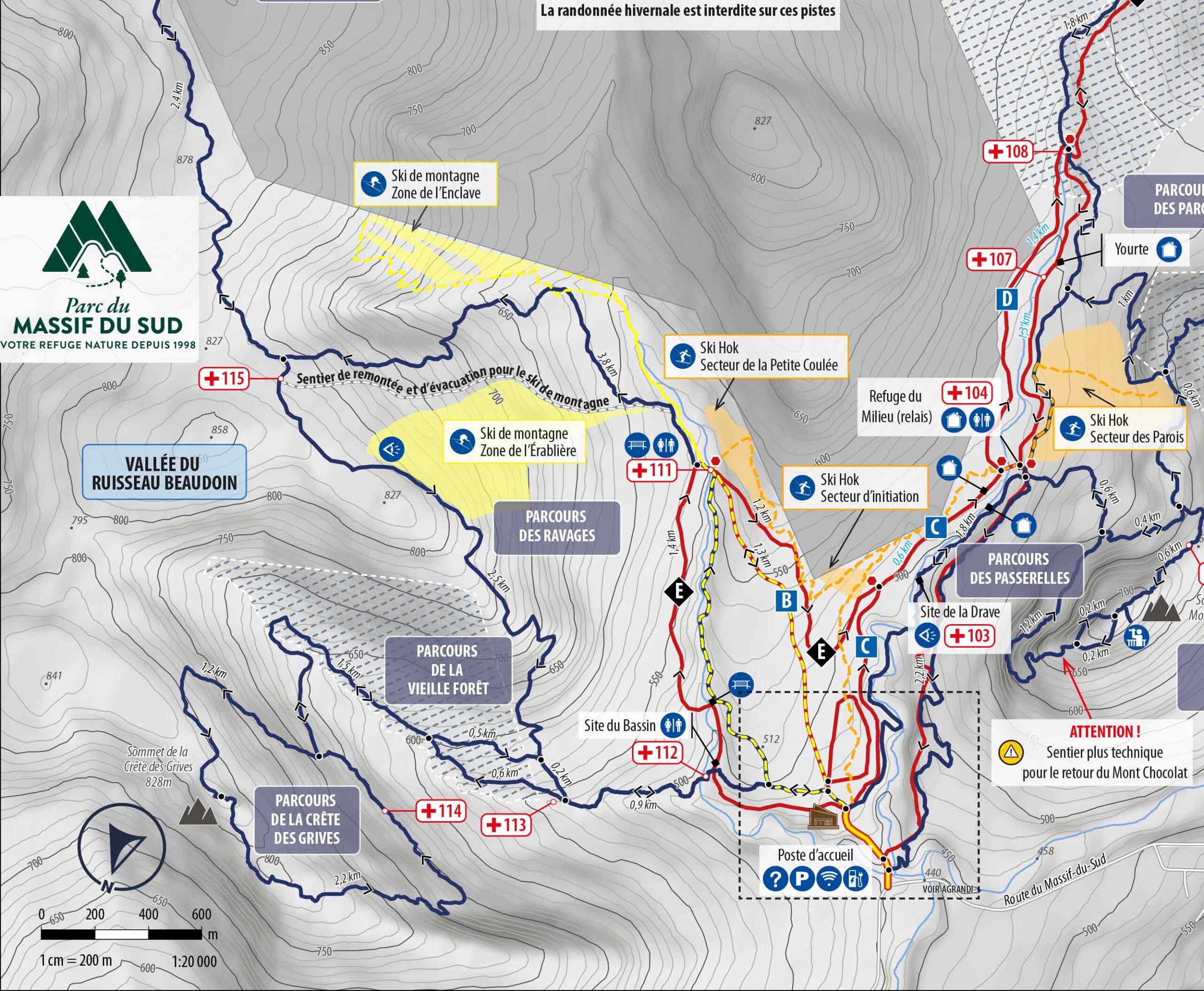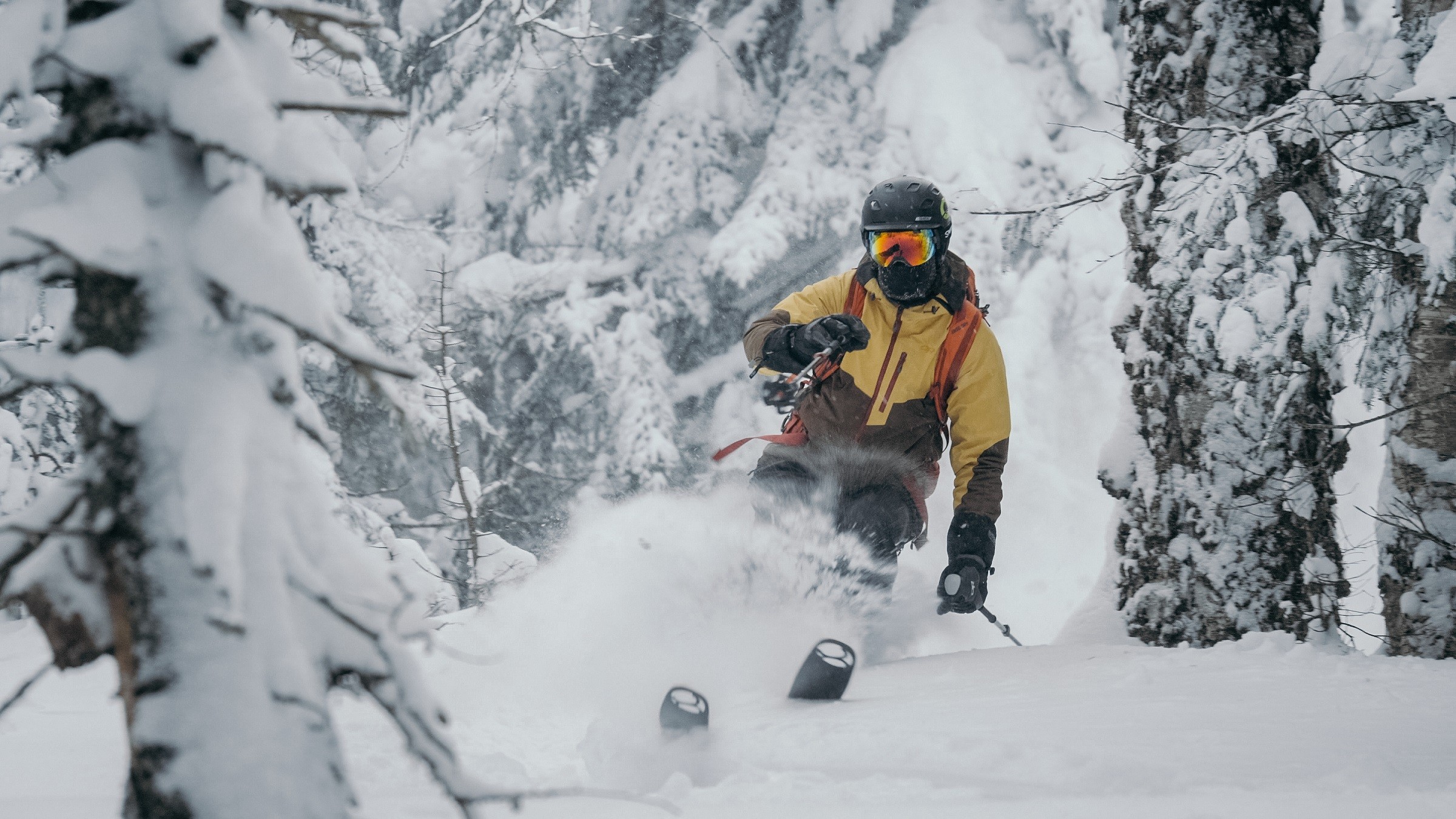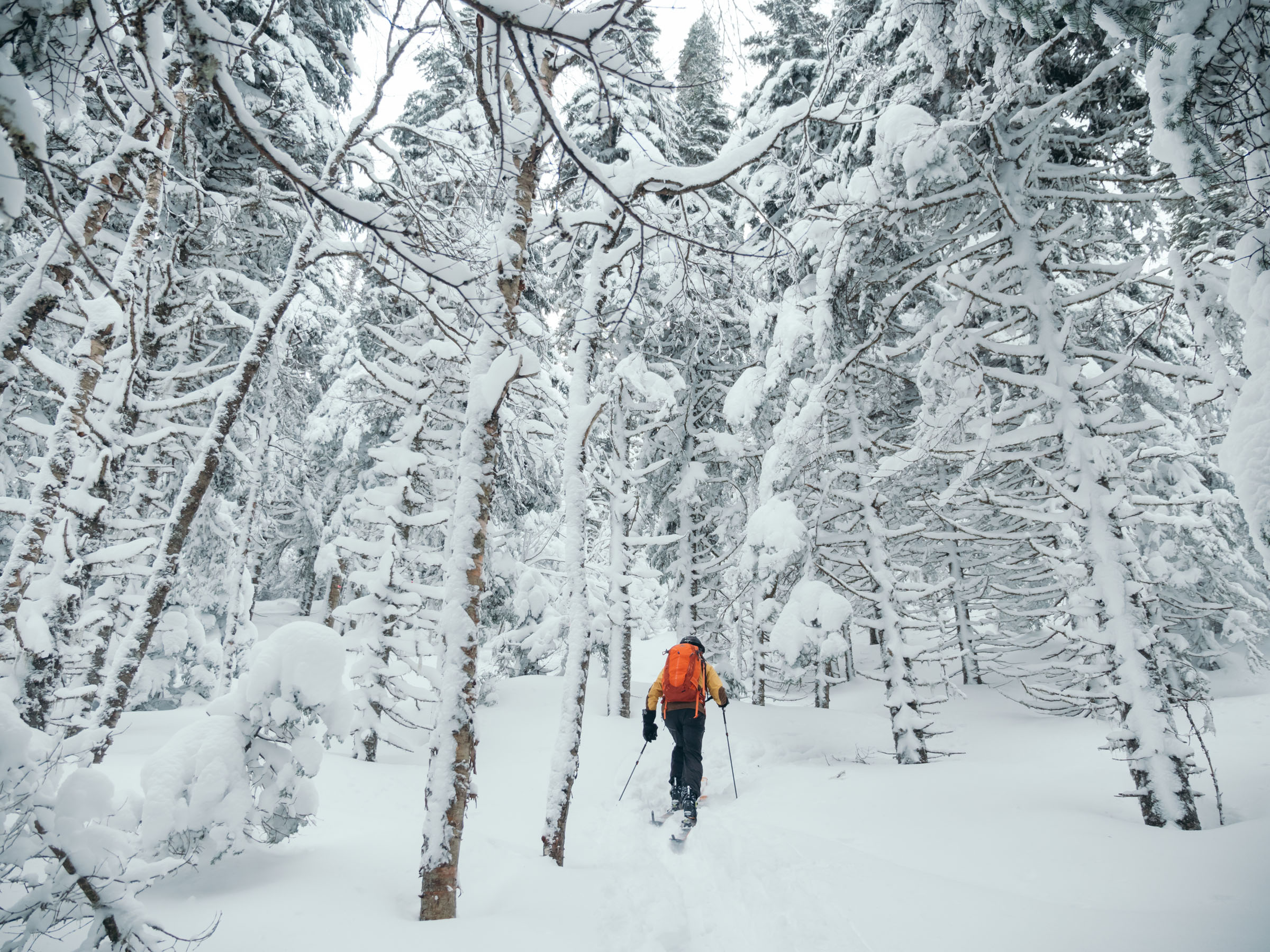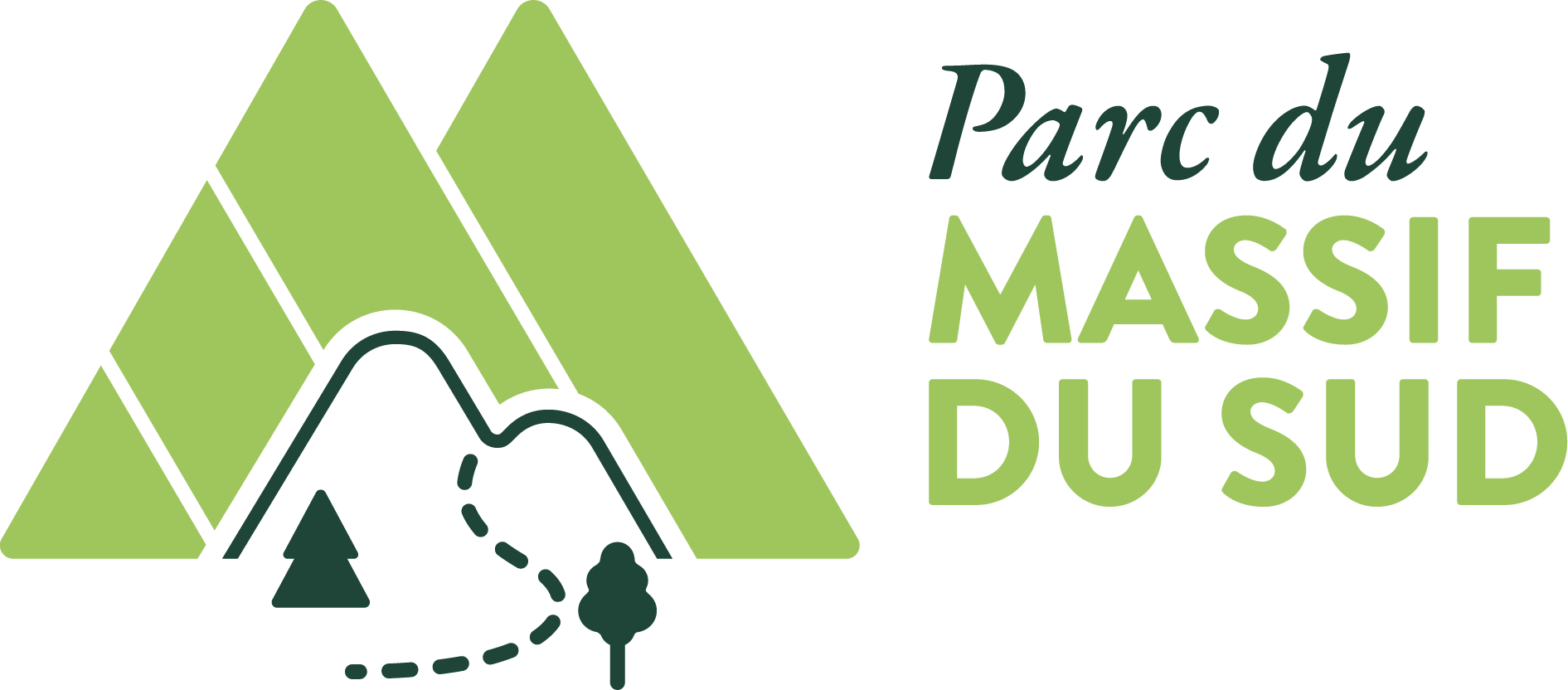Home » Activities » Backcountry skiing
SAFETY GUIDELINES AND USEFUL TIPS FOR BACKCOUNTRY SKIING
BEFORE YOU LEAVE
- Choose synthetic clothing rather than cotton, they will dry faster and keep you warm even if they are wet
- Bring spare clothing, such as socks, mitts and hats
- Bring enough water (1 litre minimum) and a snack
- Bring a backpack with a headlamp, matches, sunscreen lotion, a first aid kit, a trail map, avalanche and general safety equipment (adequate communication system, mattress, tarp, etc.)
- Make sure you have acquired the appropriate knowledge of backcountry skiing through a certified training
- Plan your itinerary on a map and let someone know of your plan, including departure and return time
- Choose a trail that fits your capacities (average speed of 3 km/h) taking into account the reduced sunshine duration during winter
- Warm-up and stretch to reduce risks of injuries
- Check the weather forecast before leaving
WHILE SKIING
- For your own safety, never leave alone (group of 2 people minimum required)
- Choose a zone fitted to your level of technical abilities
- Always stay on the trail and pay attention to the signs
- Don’t wear the straps of your poles around your wrists. That way, if you fall or your poles get stuck, you will reduce your risks of injuries
- Control your speed at all times
- Keep a reasonable distance from the skiers in front and behind you
- Drink water often and in small quantities
- Carry your trash with you to dispose of it in a garbage bin
- Don’t hesitate to reevaluate your itinerary during the day and to turn around if necessary
What to do in a blizzard?
A blizzard is a sudden snow and wind storm causing snow to be blown around and reducing visibility. This phenomenon is common in high altitude areas where the vegetation is rarer and the mountains more exposed.
If you get caught in a blizzard or in blowing snow, here are a few tips to help you:
- Protect your face and exposed skin by covering it with clothing (sunglasses, scarf, neck warmer, etc.)
- Protect yourself from the wind in a sheltered wooded area or in a mountain hut, if one can be found near you. Avoid leaving the trail.
- Turn around and make your way down to the visitor center as soon as possible
What to do if you are injured and cannot move?
- First, if you have a cellphone with you, see if you have cellphone signal where you are. If so, call the visitor center at 418-469-2228 extension 101. Explain your situation and ask for help.
- If you don’t have cellphone signal where you are, but you’re not alone, protect yourself from the cold, the wind and the ground. Once you are in a stable position, ask your partner to go get help at the visitor center.
- If you are by yourself, cannot move and don’t have cellphone signal, try to stay as warm as possible and protect yourself from the ground with some form of insulation. Stay close to the trail and try to be easy to see by other users or the rescue team.
In any case, never leave the signaled areas.
What to do if you are lost?
- If you left the signaled area and you don’t know where you are, turn back following your tracks until you reach the signaled area.
- If you cannot see your tracks, and are on a slope, slowly make you way down: most of our trails follow rivers or streams in the valleys. If you reach a river or a stream, follow it until you reach a trail.
- If you cannot see your tracks, and even by going down into the valley you cannot find any stream, river or trail, but you have a cellphone, see if you have cellphone signal where you are. If so, call the visitor center at 418-469-2228 extension 101. Explain your situation and ask for help.
- If you don’t have cellphone signal where you are, you cannot see your tracks and are lost outside of the signaled area, try to orientate yourself: try to find a summit or another clue to where you might be. Move only if you are sure of the direction you’re heading to.
- Otherwise, the best thing to do is to stay where you are, to protect yourself as much as possible from the elements, to make sure you are easy to see using any colorful object (clothing, tent, tarp, etc.) and, if you have one, by using your whistle, or calling for help. If night falls, turn a headlamp on or start a fire to ensure you are easy to spot.
In any case, it is preferable to wait for help rather than spending your energy going around in circles in the woods.

Backcountry skiing map |
See backcountry skiing map |
Zone de l’Enclave
Ideal for backcountry skiing beginners, the Enclave zone offers 6 hectares in a clear, forested area.
Technical specifications:
Classification: Cleared and open terrain. Ideal for beginners.
Elevation gain: 120 m to 150 m
Slope: 15 to 20%
Approach: 3 km between the parking lot and the bottom of the zone
Ascent: Climbing skins (no mechanical access)
Zone de l’Érablière
New sector for the 2022-23 winter season.
More info to come.
Technical specifications:
Classification:
Elevation gain:
Slope:
Approach:
Ascent: Climbing skins (no mechanical access)







